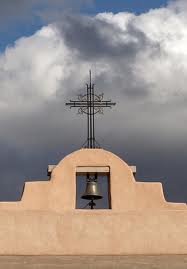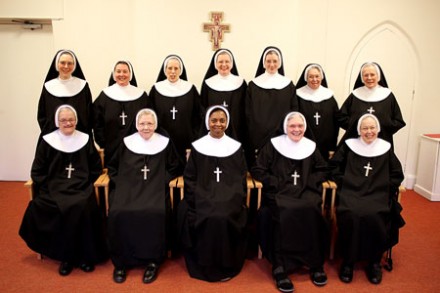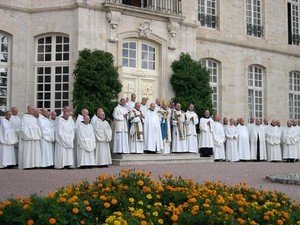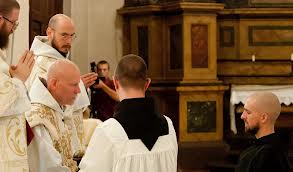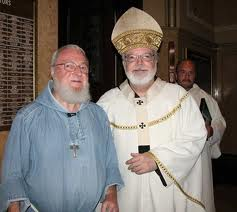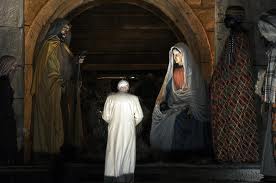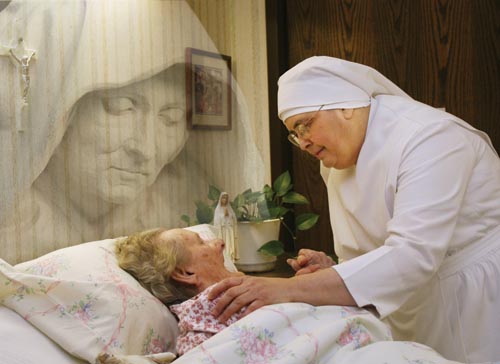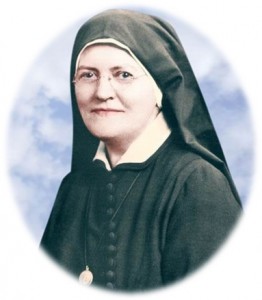 Mother Mary Teresa Tallon, foundress of the Parish Visitors of Mary Immaculate, is on her way to sainthood we hope! Cardinal Timothy Dolan has approved the process opening the way for her canonization. Sr. Maria Catherine, PVMI, Vice-Postulator for the cause, said that she hopes that the process which is now very public will allow “others to know her as we know her.”
Mother Mary Teresa Tallon, foundress of the Parish Visitors of Mary Immaculate, is on her way to sainthood we hope! Cardinal Timothy Dolan has approved the process opening the way for her canonization. Sr. Maria Catherine, PVMI, Vice-Postulator for the cause, said that she hopes that the process which is now very public will allow “others to know her as we know her.”
Holiness of life is “heroic virtue practiced consistently” in words and by example. Mother had two goals: 1) the holiness of the sisters and herself and 2) leading all souls to that holiness of life which is characterized by love for God and zeal for souls.
Cardinal Timothy Dolan of New York said that she was “way ahead of her time” when it came to evangelization. It was not a program to be administered. It was personal, one-on-one. The Parish Visitors apostolate is to go door-to-door in search of the lost sheep. They lead children and adults to faith in Jesus Christ. They are “missionaries who walk with Mary in the footsteps of the Good Shepherd.”
A typical conversation begins, “Has anyone in this household ever been baptized Catholic?” This simple question has begun the process of re-evangelizing hundreds of thousands of those who have strayed from Jesus. The Sisters strive to draw each person into closer union with Him.
One sister who knew Mother Tallon personally said: “Kindness! Mother had such love of souls and compassion….’You are spiritual mothers….Make every soul count.'”
The Parish Visitors, said Mother Tallon, “speak to the people face to face and heart to heart.”
